Exposing soil to extreme conditions can cause soil erosion. Hard rains, strong wind, and even human activity can make soil lose its structure and nutrients. Thankfully, some plants can help slow or reverse the breakdown of dirt.
What are some plants that can help slow this process? We've researched and gathered some of the best plants for controlling erosion in Zone 5 soil.
These ten plants are excellent choices to control erosion in USDA Zone 5:
- Chocolate Vine (Akebia quinata)
- Common Milkweed (Asclepias syriaca)
- Feather Reed Grass (Calamagrostis x acutiflora)
- Buttonbush (Cephalanthus occidentalis)
- Purple Prairie Clover (Dalea purpurea)
- Purple Moor Grass (Molina caerulea)
- Switchgrass (Panicum virgatum)
- Creeping Phlox (Phlox subulata)
- Baldcypress (Taxodium distichum)
- Clover (Trifolium repens)
There are many different types of plants to help soil degradation in your garden. However, some plants are better suited for certain growing conditions. Keep reading to learn more about these plants, how to care for them, and more!
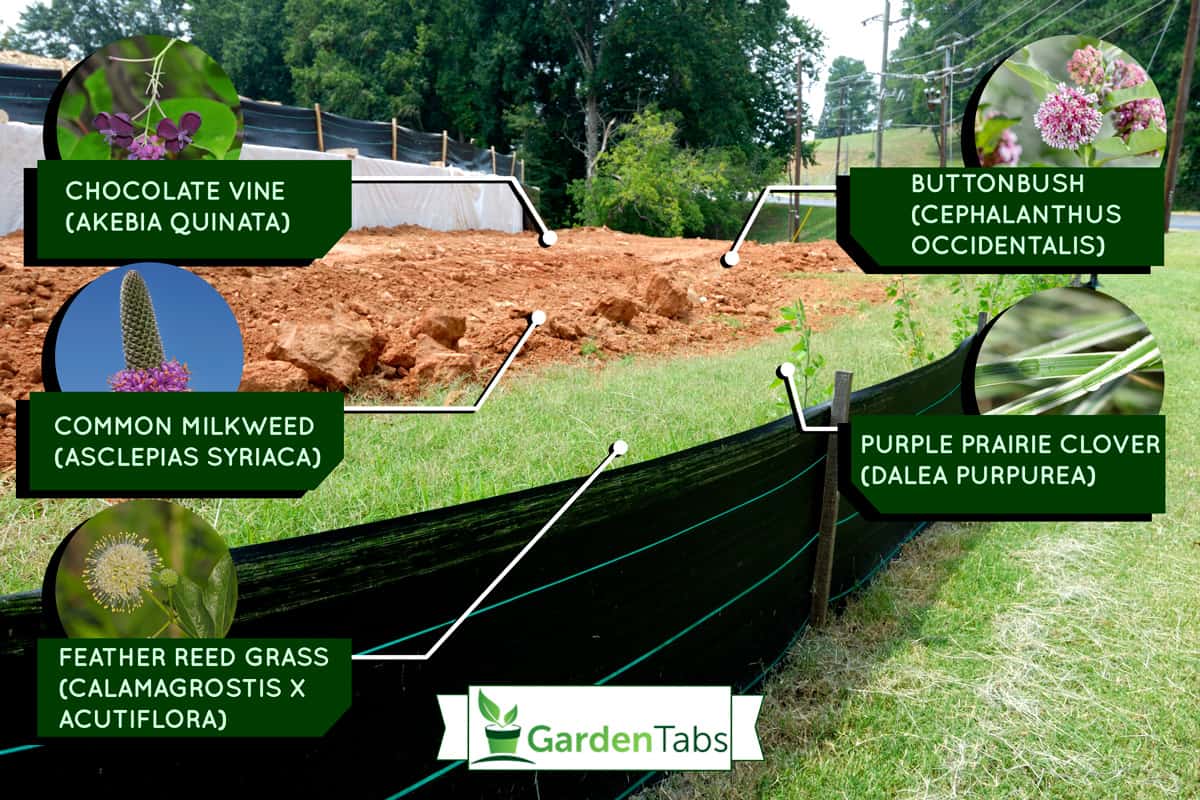
Erosion Control Plants for Zone 5
1. Chocolate Vine
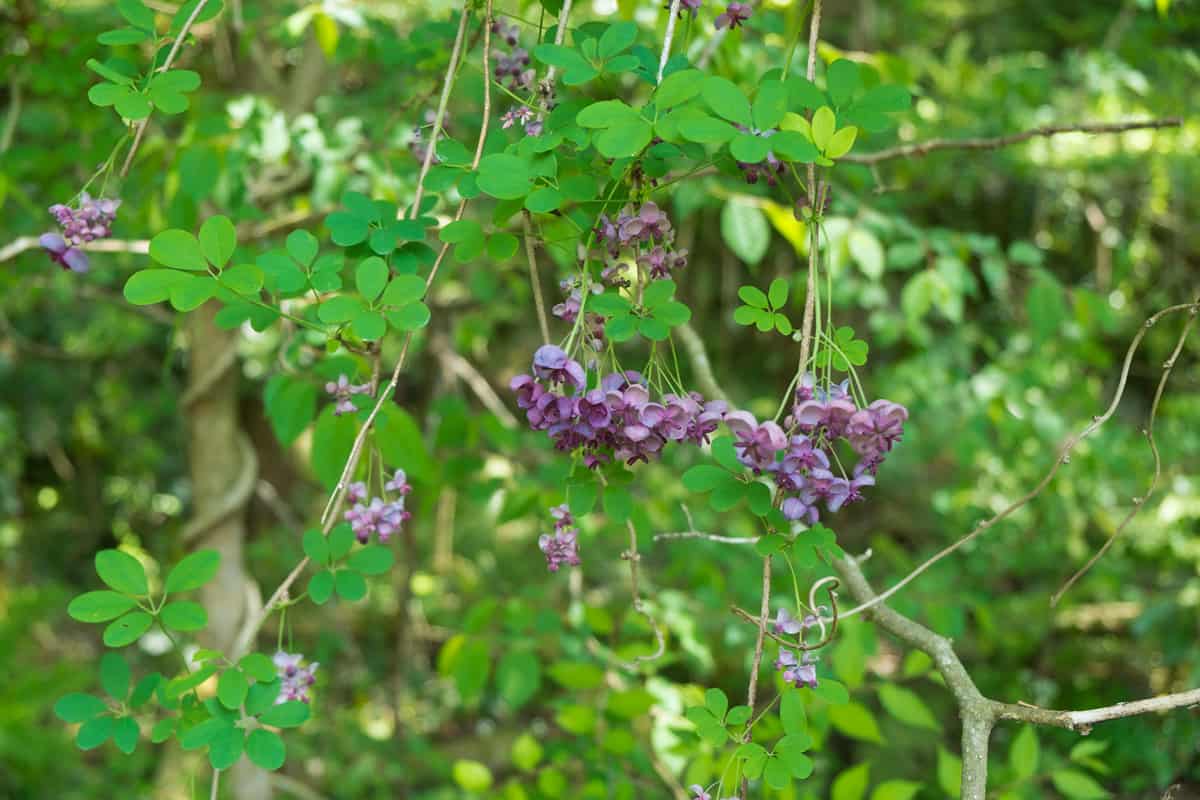
The chocolate vine is a twining vine that can rapidly grow to its mature height of 40 feet. This plant will bloom fragrant, showy flowers in the spring.
These blooms can be brown, yellow, green, purple, or red and typically have a chocolatey scent. Chocolate vines are great for erosion control and resistant to challenges like disease, drought, and heavy shade.
Unfortunately, the chocolate vine's growth rate can make them difficult to care for. Some states consider this an invasive species even though it's not listed as a weed by the government.
Double-check your local guidelines to see if this is a good fit for your state.
2. Common Milkweed
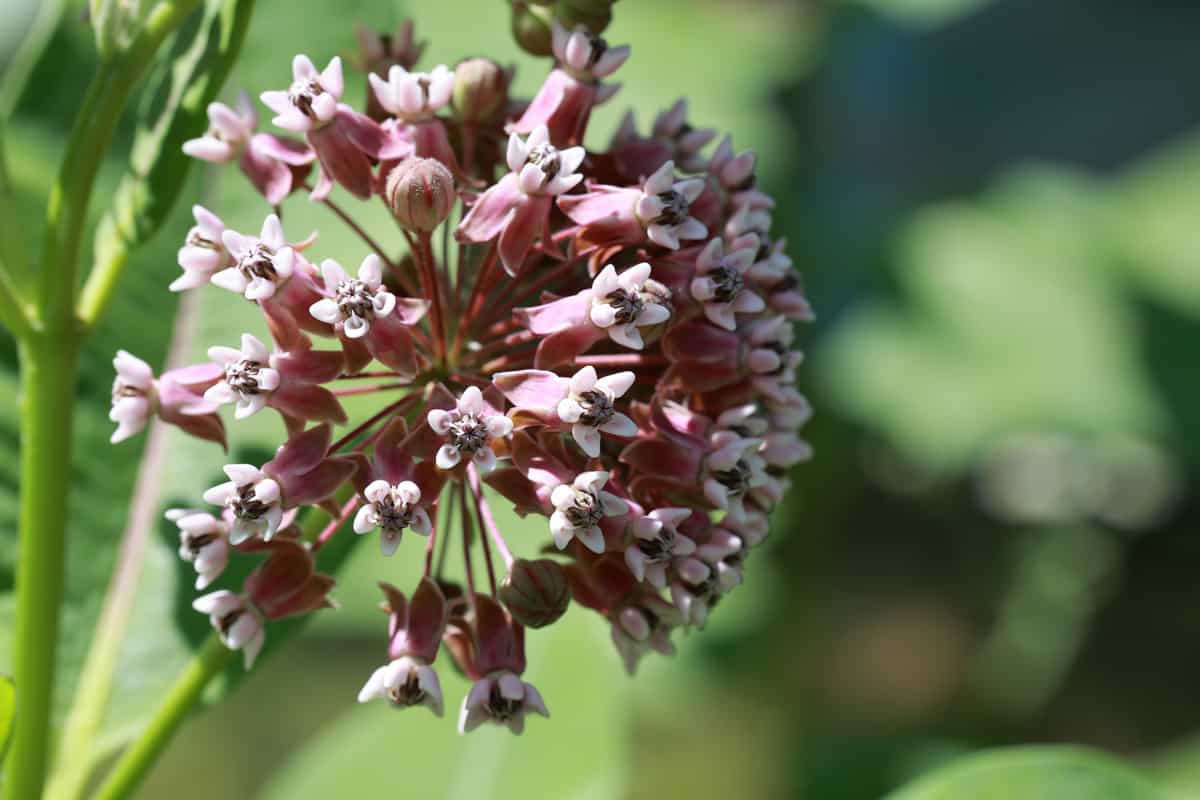
The common milkweed is a perennial wildflower that grows best in average, well-drained soil. However, they are also tolerant of poor conditions.
These conditions include occasionally dry soil and clay, sand, or shallow rocky soil texture. The common milkweed is good for attracting butterflies, bees, and songbirds.
Overall, common milkweed is a low-maintenance plant. They can naturalize to the area it's planted in. The deep root system helps the common milkweed combat soil erosion.
However, it can also make them hard to remove if they overtake your garden.
These plants produce gray capsule fruits in the summer and fall. Before this, common milkweed blooms green, pink, purple, or white flowers. They are fragrant and an excellent nectar source for butterflies, bees, and pollinators.
Check out these seeds on Amazon!
3. Feather Reed Grass
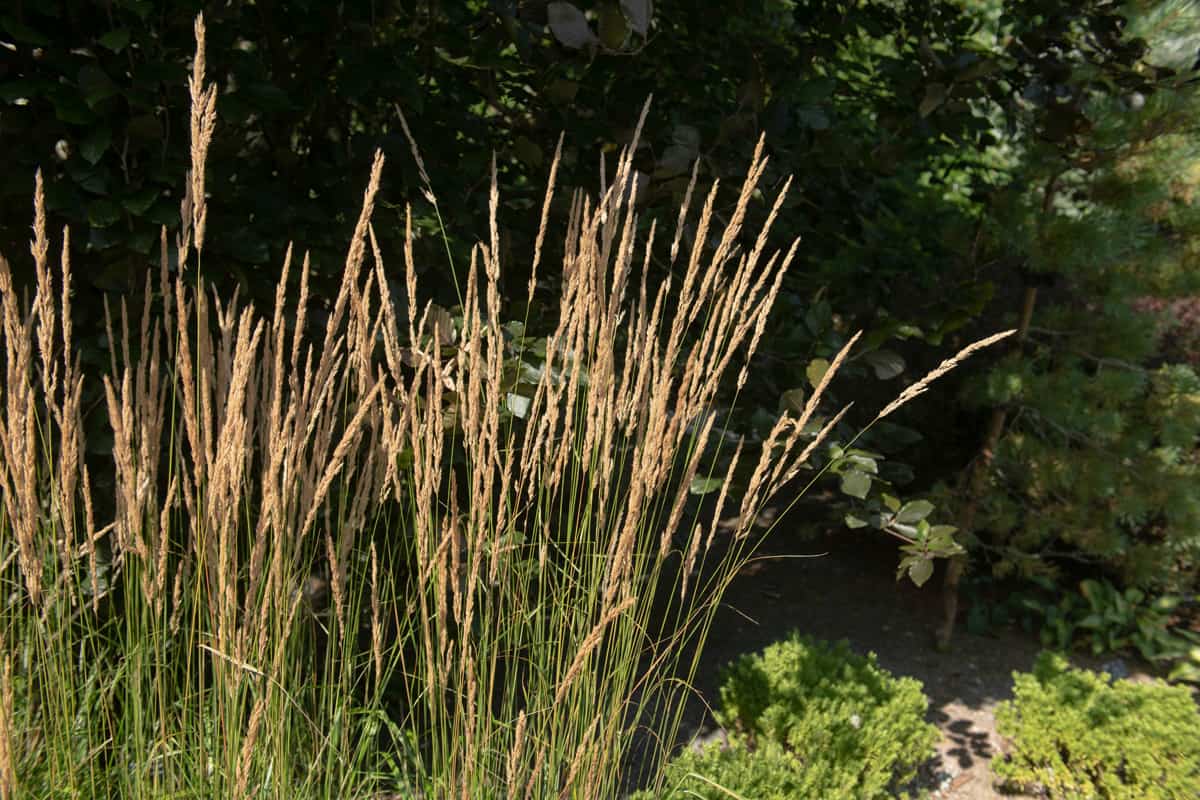
Feather reed grass is a cool weather grass hybrid of two different grass species native to Europe and Asia. These grasses are typically C. Arundinaria and C. epigejos.
Feather reed grass grows slender leaves that can reach up to 36 inches tall. The feather plumes on each stem can reach up to five feet.
These ornamental grasses grow best in well-drained clay soil. However, they tolerate a variety of textures and drainage capabilities. Feather reed grass can be used as a border, accent, or for mass plantings.
They are resistant to black walnut, drought, pollution, and damage from animals.
This rapidly growing grass will not overcome your yard like other plants can. You will also see blooms throughout the year. Common colors are cream, yellow, green, and purple. The flowers are great when cut or dried.
4. Buttonbush

The Buttonbush is a deciduous shrub ideal for erosion control in areas prone to heavy rainfall or wet soil.
You can find Buttonbush naturally in swamps, by streambeds and riverbeds. It can also be seen in standing water. However, it won't grow if the water exceeds three feet tall.
Buttonbush plants produce cream and white flowers in the summer. The blooms are showy and fragrant. Then, this shrub will produce fruits. They can often be seen throughout the winter.
Buttonbush shrubs are great for attracting hummingbirds, butterflies, bees, and small birds.
This plant has a few resistances in addition to its ability to slow erosion. Buttonbushes are resistant to compaction, deer, heat, and fire.
5. Purple Prairie Clover

The purple prairie clover isn't a genuine clover. It's a legume used as food for grazing animals and as nectar for pollinators. This plant has a long taproot system, which is ideal for controlling soil erosion.
The purple prairie clover has been used throughout the midwest to reclaim the land after strip mining.
These perennial plants can be seen in various soil textures, including clay and sand. They are also resistant to drought and wind damage.
Purple prairie clovers have blooms that are pink and purple. The spiked-shaped flowers can be seen from early to mid-summer. Then, brown, yellow, and green legumes are produced in the fall.
6. Purple Moor Grass

Purple moor grass is a warm-season perennial. It prefers moist soil, although it is adaptable to most locations with poor soil. Purple moor grasses are slow growing and take a while to establish.
However, once they are, they will be resistant to many challenges. These challenges include black walnut, pollution, and wet soil.
Many ornamental types of grasses provide an exciting backdrop all year long. This is different from purple moor grass because it will die back in the winter.
Some interesting seasons for this plant include spring, summer, and fall. In spring, it will produce new leaves. Then, you'll see brown, gold, green, orange, or purple blooms from summer to fall.
Purple prairie flowers are showy and will break off come winter.
7. Switchgrass
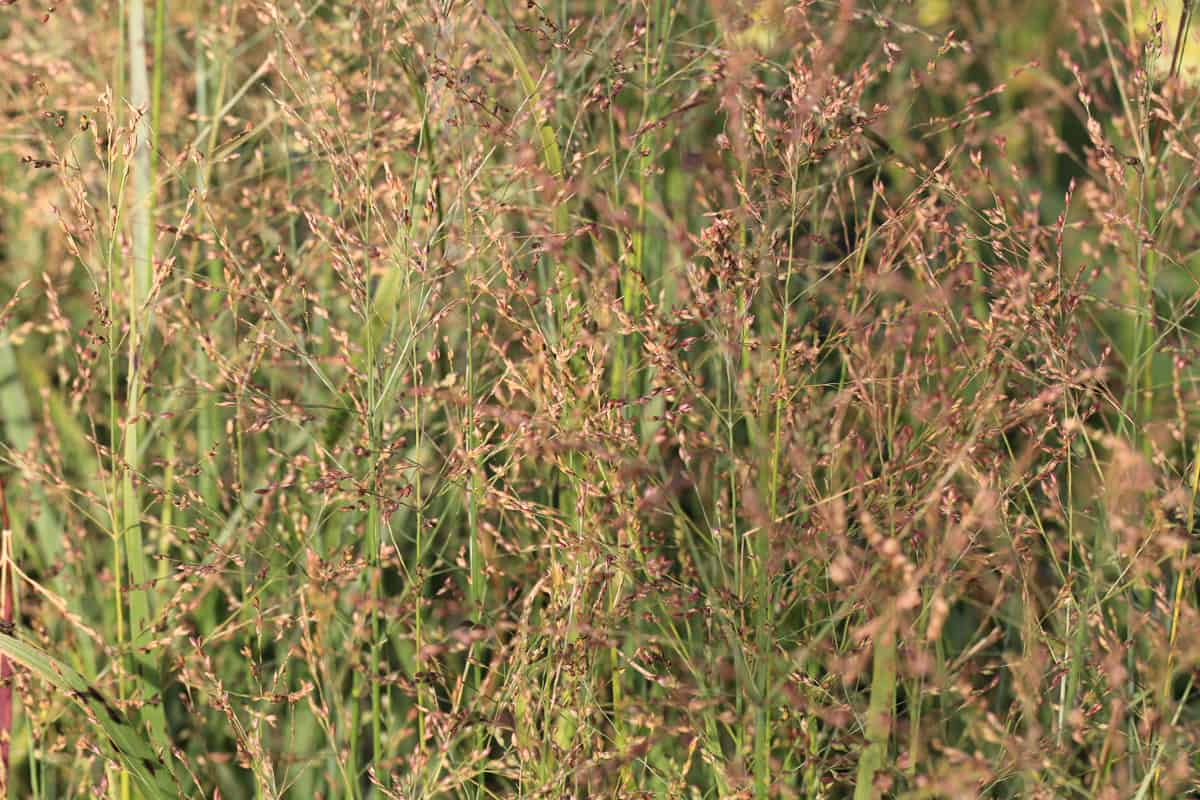
Switchgrass is a warm-season, perennial ornamental grass. They prefer locations that receive regular moisture and are commonly found along wet roads, streams, and woods.
In addition to helping control erosion, these grasses also resist several other challenges. Switchgrass can withstand black walnut, deer, drought, pollution, salt, and wet soil.
Unfortunately, this grass is considered highly flammable. It will be essential to plant it outside the immediate defenses of your home.
This grass grows at a medium rate and has a clumping, dense, erect form. Switchgrass produces panicle-shaped flowers from June until October. These blooms can be yellow, pink, purple, and red.
You can also find edible caryopsis fruits from August until November. The fruits and flowers are good for attracting butterflies, pollinators, small mammals, and songbirds.
Check out "15 Best Ornamental Grasses That Grow In Shade" for more grass inspiration!
8. Creeping Phlox
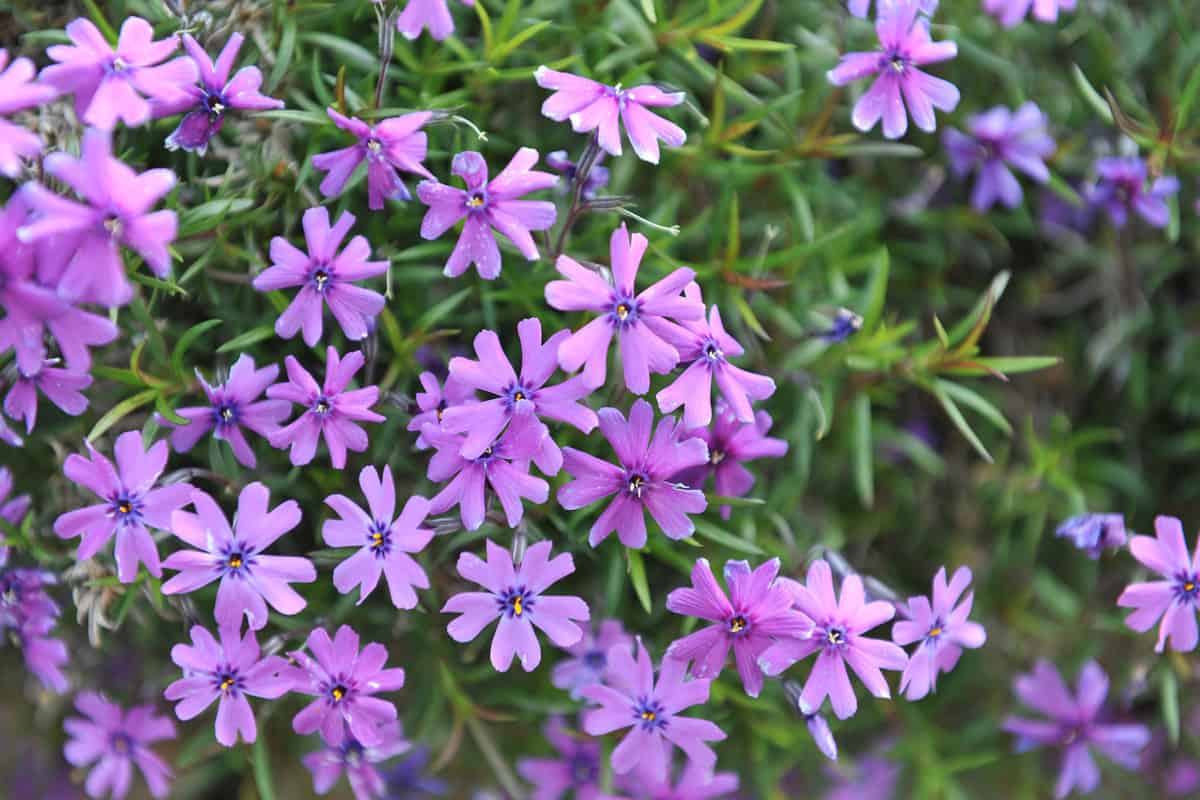
Creeping or moss phlox is a creeping, herbaceous perennial often used as a ground cover. This is an excellent choice for erosion control in areas with full sun and dappled shade in the afternoon.
Creeping phlox grows at a medium rate and is resistant to many challenges. These plants can withstand deer, drought, fire, pollution, salt, and poor soil.
Creeping phlox is also suitable for defining paths and for attracting wildlife. Animals are attracted to the plant's flowers which can be seen from April until May.
These blooms are either star- or tubular-shaped and can be found in shades of blue, yellow, pink, purple, red, and white. Creeping phlox flowers are great for bees, butterflies, and hummingbirds.
Take a look at this live plant on Amazon!
9. Baldcypress
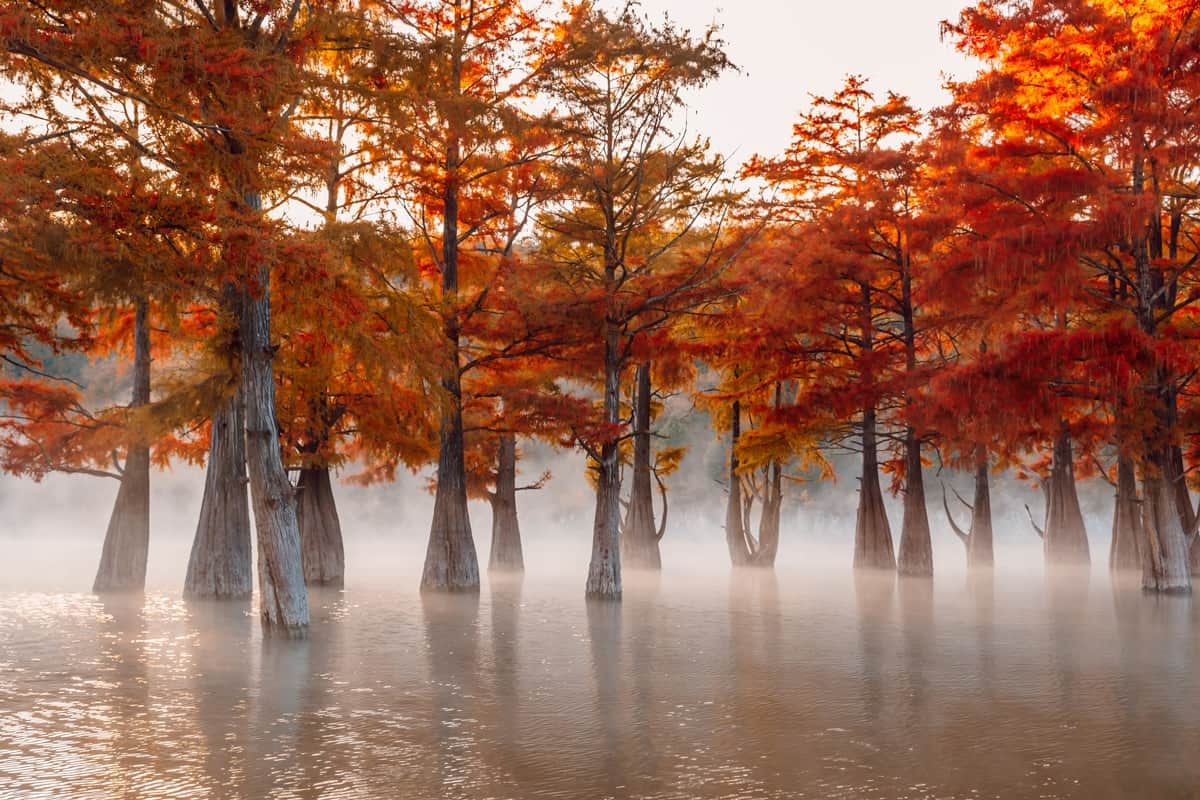
Baldcypress trees are commonly found in swamps, bayous, and rivers. These trees soak up floodwaters which helps control erosion. In addition, the roots can also prevent pollutants from spreading.
Baldcypress trees resist many challenges, including deer, fire, and salt.
This long-lived tree can grow up to 70 feet high and between 20 and 30 feet wide. These trees produce purple flowers from March until April. You can see brown, green, or purple-colored fruits, which benefit wood ducks, turkeys, squirrels, and wading birds.
An important thing to remember for this tree is the cypress knees that bald cypress trees sometimes produce. These knees are believed to help give the roots oxygen.
10. Clover
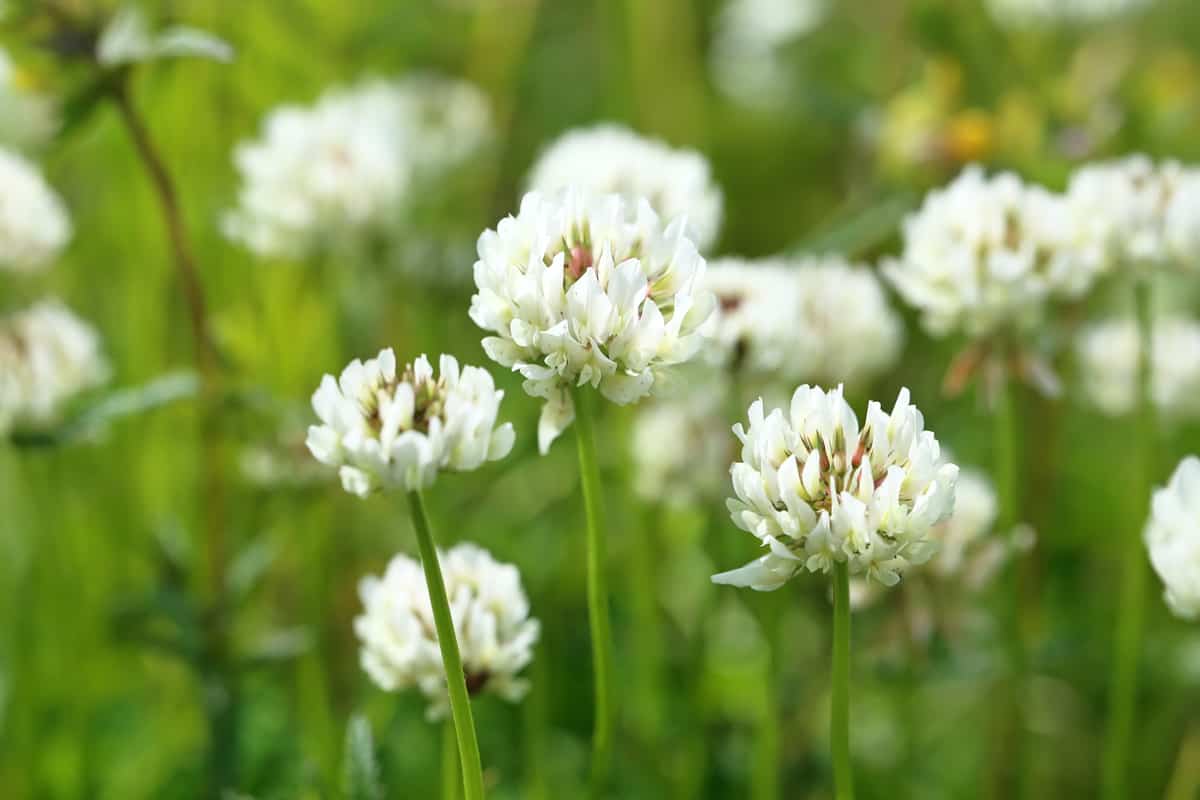
White clover is a cool-season perennial. It can grow up to six inches and spread up to twelve. It is commonly used as a ground cover to improve soil and control erosion.
These plants spread aggressively because it roots freely. Clover will root more after being mowed.
White clovers produce white, edible, showy blooms in the spring and summer months. Then, in the fall, you'll see brown legumes. White clovers are good at attracting bees, pollinators, moths, and butterflies.
They also resist foot traffic, bad soil, and feeding from rabbits and squirrels.
In Conclusion
No matter what garden you have, a plant can prevent soil erosion. Always be sure to check how difficult these plants are to care for. Many can become invasive if left to their own devices.
Need more advice? Check out these helpful related articles!


